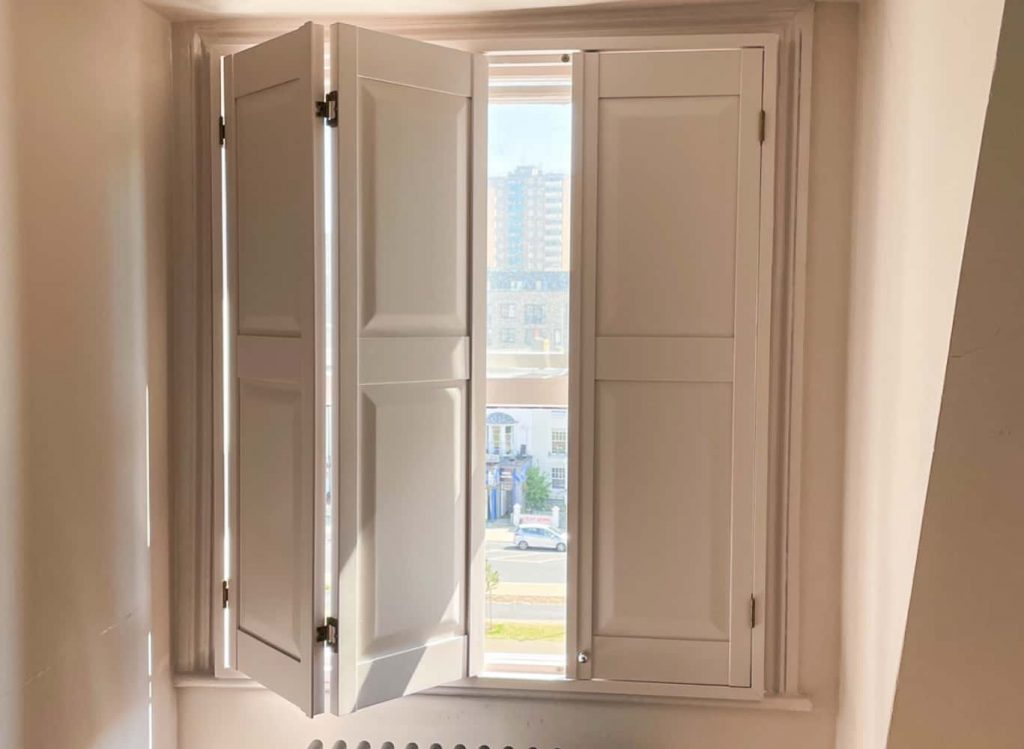Where Did The Term Daylight Robbery Come From?
In modern home design, huge windows are seen as a very important feature, and solid wood shutters help to ensure both privacy and greater control of how much light is allowed into a particular room. However, when glass windows were starting to become widespread in the 17th century, there were some cases where the window […]

In modern home design, huge windows are seen as a very important feature, and solid wood shutters help to ensure both privacy and greater control of how much light is allowed into a particular room.
However, when glass windows were starting to become widespread in the 17th century, there were some cases where the window would be covered with a rather more substantial form of shutter: brick.
The reason for this was a protest against one of the most controversial taxes the UK has enforced up until that point and would be commonly claimed to be the source of the term ‘daylight robbery’ to mean a cost that is seen as egregious.
The window tax was introduced during a period when the idea of income tax (a tax charged relative to a person’s earnings) was still particularly controversial and King William III had recently undertaken a vast recoinage scheme to try and stop the clipping of their edges.
To make up the £2.7m (over £200m adjusted for inflation) that had been spent re-minting all of Britain’s coins, King William wanted to bring in an income tax, but fierce opposition led to him enforcing a similarly banded tax based on the number of windows in a house.
It was made up of a flat-rate house tax that everyone paid (two shillings, or £14.19 adjusted for inflation), and a variable tax based on how many windows were in the home above ten,
Properties with between 11 and 20 windows paid an extra four shillings (nearly £30 in modern money) and houses with more than 20 windows paid eight shillings per window (£56.75).
In one sense, it was a relatively intrusive and easy to calculate tax because you could simply count the windows from the outside, but people strongly disagreed with it to the point that many windows were simply bricked up and it was called a “tax on light and air”.
Eventually, pressure from doctors and a growing agitation from people who connected a lack of light to ill health led to the tax being repealed in 1851.
